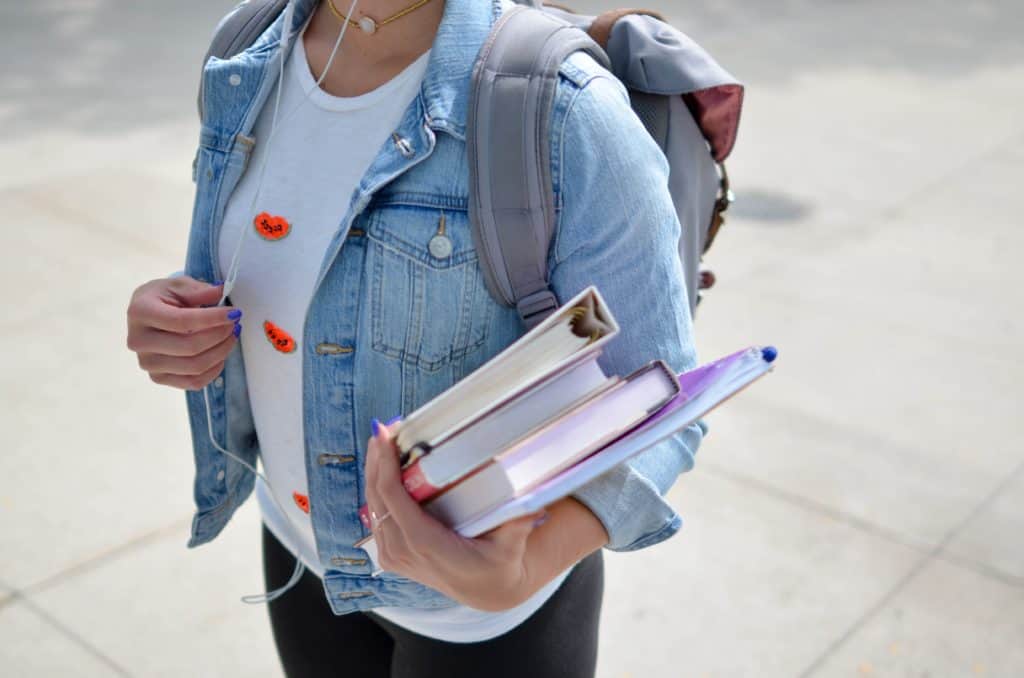COVID-19 has become public enemy #1 as the number of fatalities grows daily, but in all the panic, colleges and universities have left an entire demographic behind–college students from all over the world, including stranded immigrant students with nowhere else to go.
As each state confirmed its first case of COVID-19, public universities were among the first to shut down, often giving students in on-campus housing less than a week’s notice that they would need to pack up and leave. In the wake of the current public health crisis, universities have a responsibility to ensure that every student is housing-secure after losing access to on-campus housing.
It’s easy to forget that not every student has a home to go back to, but for many students, there is no safety net to fall back on. According to a 2015 report from the U.S. Department of Housing and Urban Development (HUD), “many college students struggle to find adequate, affordable housing options.” The report said students are at risk for housing insecurity and homelessness due to a lack of rental history, a suitable guarantor and/or savings. In fact, on average, 12% of college students are dependent on on-campus housing and resources with the help of federal, private or school-sponsored grants and work-study programs. At many smaller, inner-city universities, that percentage can average up to 41%, meaning that first-generation and/or low-income students are at the greatest risk.
This issue has been exacerbated by the COVID-19 pandemic. Many students dependent on their job income are also in trouble, as many employers in the retail and service industries, of which a majority of employees are college students, have been forced to close their doors, usually without any financial compensation to employees. In light of this, it should be every university’s responsibility and priority to ensure that their students find safe, stable housing — particularly now, when the main method of COVID-19 prevention is self-isolation.
In the absence of university intervention, students at universities across the country have started their own programs to connect students in need with other students and alumni that may have an empty room or couch available. But this, of course, is only a temporary solution.
Universities must dig into their emergency funds and coordinate with local emergency-housing centers to find a place for every student in need, while also opening official channels for students to be matched with other students and alumni who may be willing to help. To further ensure that students can not only safely ride out the storm of this pandemic, but also be successful in their online courses, colleges nation-wide also need to keep their food pantries open; offer loaner laptops and portable Wi-Fi networks; and offer information on how students can access government assistance and utilize Medicaid for medical treatment.
Yes, some students are receiving some help from the federal government, but the stimulus package passed by Congress will leave many students behind as well. For one, students claimed by an adult as a dependent do not qualify for an assistance check, and their parents will not receive the additional $500 per child if they are over 17.
To all university policymakers and aid offices across the United States: help your students to fight our common enemy — the COVID-19 crisis–and make sure that every student has the resources to not only survive, but also to remain successful in their coursework. Act with a vision of equity and empathy towards some of the most vulnerable individuals to the public health emergency.
Victoria Airapetian is a junior at the University of Maryland and a former NCRC intern.
Photo by Element5 Digital on Unsplash




This has been a concern of mine. Thank you for writing this article.
How may I learn more about efforts to bring this matter to elected officials and school administrators?